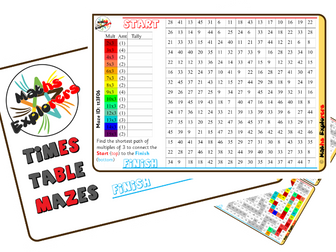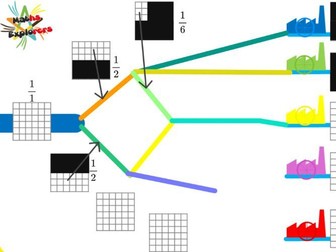
The Magic Square (Lo Shu) Project
A mathematical thinking activity for children aged 9 - 11. This print and go LTHC (Low Threshold High Ceiling) PDF resource with video support can be used as a flipped learning resource or taught in class. It’s perfect for cover lessons and takes about 100 - 120 minutes to complete.
The Lo Shu is the 3 by 3 magic square. In a magic square, all rows, columns and diagonals add up to the same number. The legend of the Lo Shu started in China over 2000 years ago. Since then, these magic squares have been a fascination for many cultures and a source of mysticism as well as mathematical entertainment.
Students can use the video to go the activities. They will use mathematical thinking to learn how the magic square works and why it can’t work any other way. The project is broken into several activities that can be worked on in one sitting or over the week.
The activities are as follows:
An introduction to the legend and magic squares.
Support activities to help with partitioning 15 into 3 different numbers.
Investigating the grid used for the magic square.
Investigating how the numbers involved could be used to make 15
Completing the magic square and comparing with friends
Investigating rotations and reflections in grids
Rotating and reflecting magic squares
What do you notice, what do you wonder?
Print out as a booklet for in class work or as a flipped learning resource.

